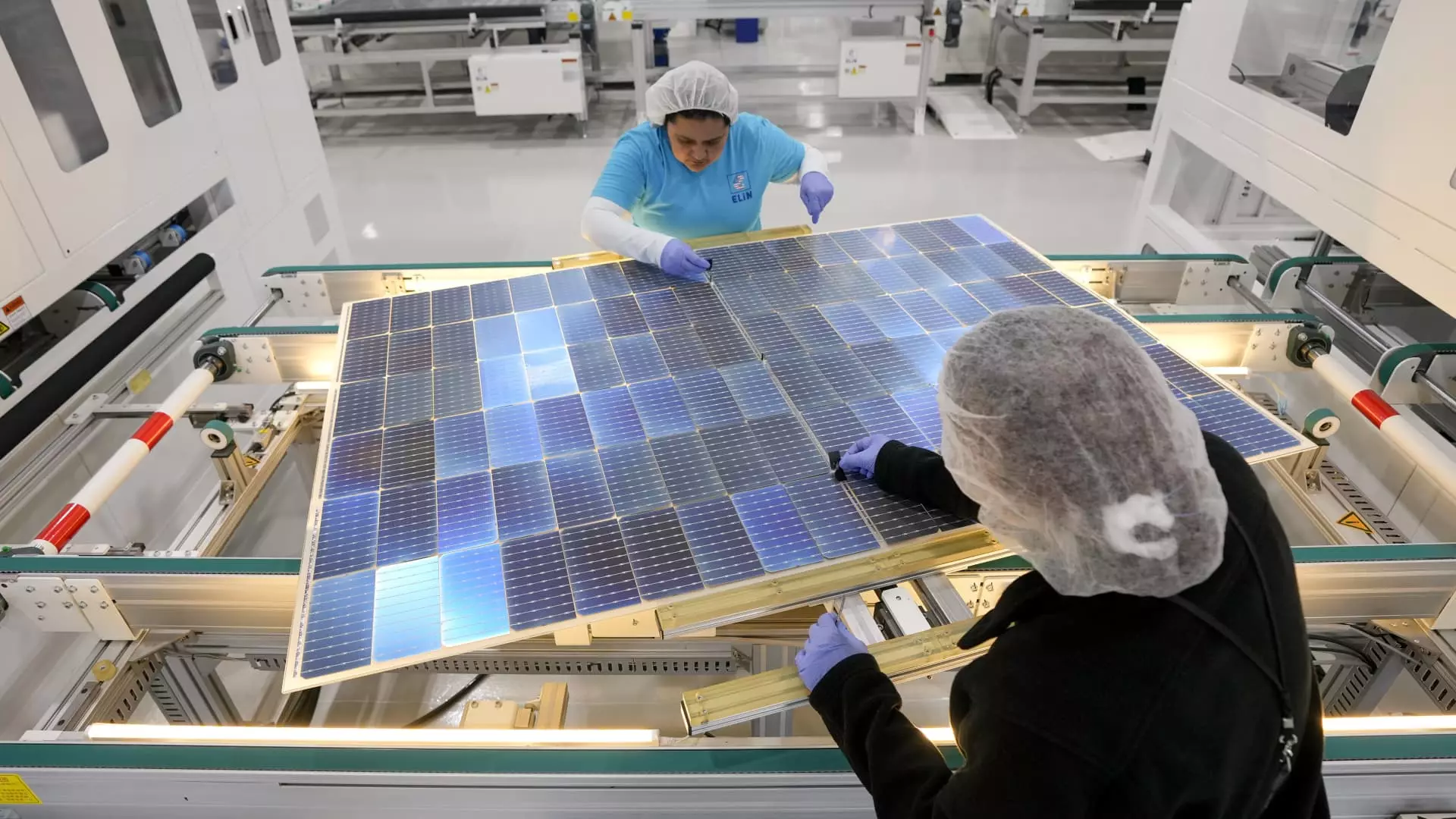The Inflation Reduction Act has ignited a manufacturing boom across the United States, leading to the mobilization of tens of billions of dollars of investment, particularly in rural communities that are in dire need of economic development. This surge in investment has been a significant driving force behind the economic growth in these areas and has provided a much-needed boost to local economies.
The future of these investments and the overall manufacturing sector could potentially be influenced by the outcome of the upcoming U.S. presidential election. The mere prospect of a Republican victory has caused anxiety among some investors, who fear that the Inflation Reduction Act could be altered or, in the worst-case scenario, completely repealed. This uncertainty has led to a sense of unease within the manufacturing industry, as the fate of the IRA hangs in the balance.
Since President Joe Biden signed the Inflation Reduction Act into law in August of 2022, companies have announced a staggering $133 billion of investments in clean energy technology and electric vehicle manufacturing. This influx of capital has paved the way for significant advancements in these sectors and has positioned the United States as a global leader in clean energy innovation.
According to data from the Massachusetts Institute of Technology and the Rhodium Group, the impact of the IRA on the manufacturing sector has been nothing short of transformative. Actual manufacturing investment has seen a remarkable increase of 305% compared to the years leading up to the enactment of the IRA. This surge in investment has not only revitalized the manufacturing industry but has also created numerous job opportunities across the country.
The investments sparked by the IRA have had a particularly positive effect on rural communities, which have historically struggled with economic stagnation. Unlike investments in other sectors that are concentrated in urban centers, clean energy investments have been targeted at rural areas, providing much-needed economic stimulus and creating new opportunities for growth. The IRA has been instrumental in boosting new investment in these areas and has brought economic development to regions that have long been overlooked.
While the manufacturing renaissance spurred by the Inflation Reduction Act has made significant strides, it remains in its early stages and is still delicate. Without the support of the IRA, the resurgence of new factories would not have gained momentum, highlighting the critical role that government policies play in shaping the trajectory of the manufacturing sector. The fear of potential policy changes and the uncertainty surrounding the presidential election have cast a shadow of doubt over the future of manufacturing investments.
The political climate surrounding the IRA has been marred by uncertainty, with former President Donald Trump advocating for the dismantling of the law in favor of promoting oil, gas, and coal production. His opposition to the clean energy initiatives facilitated by the IRA has raised concerns among investors and industry stakeholders, leading to fluctuations in clean energy stocks and casting doubt on the stability of the sector. The outcome of the presidential election is expected to have far-reaching implications for the future of manufacturing investments and clean energy initiatives.
The Inflation Reduction Act has been a catalyst for unprecedented growth and investment in the manufacturing sector, particularly in clean energy technology and electric vehicle manufacturing. While the impact of the IRA has been overwhelmingly positive, the looming uncertainty surrounding the U.S. presidential election and potential policy changes pose a significant threat to the future of these investments. As the manufacturing renaissance continues to unfold, it is essential for policymakers to prioritize long-term sustainability and economic growth to ensure the continued success of the manufacturing industry.

